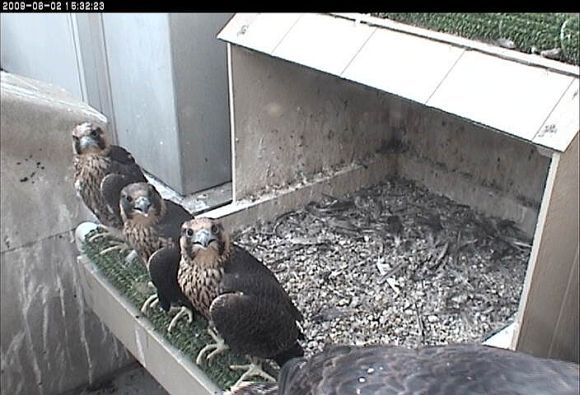
Today at lunchtime I walked around the Cathedral of Learning looking for peregrine fledglings on my way to the Schenley Park tent.
As I came to the Bigelow side of the building I found two perched on the 25th floor roof-edge so I called Kimberly Thomas who works on 27 and left a message. “Look outside your window.” Kimberly had her camera ready and sent me the pictures tonight.
Based on size, these two fledglings appear to be brother and sister though we couldn’t tell that from the ground. Down at Schenley Plaza we watched them and waited for something interesting to happen. Soon they made us laugh.
The fledglings puttered, looked for their parents, and stared at everything that moved. Suddenly a pigeon flew by and landed on the same roof edge about 30 feet away.
“Food!” thought the female fledgling. Since she hasn’t flown much she didn’t even consider using her wings to get to the pigeon. Instead she walked the wall until she was 10 feet from it. The pigeon stretched its neck very tall. (What’s that about?) The peregrine paused and bobbed her head. She seemed to be thinking, “How am I going to get that pigeon? I don’t think I can walk fast enough to catch it.”
It was a stand-off for about two minutes and then the pigeon turned his back, walked away and laid down on the wall.
The peregrine laid down too.
“If only Mom were here she’d catch that pigeon and we could eat.”
Still babies!
For two more photos of the fledglings exploring the roof, click here and here.
(all photos by Kimberly Thomas)
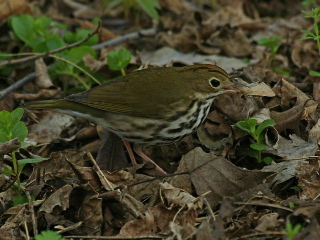 If you want to see an ovenbird, this is the time to do it.
If you want to see an ovenbird, this is the time to do it.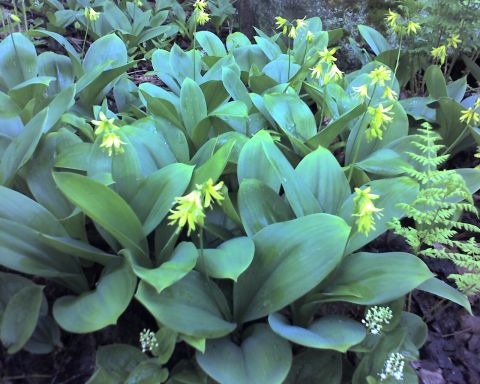
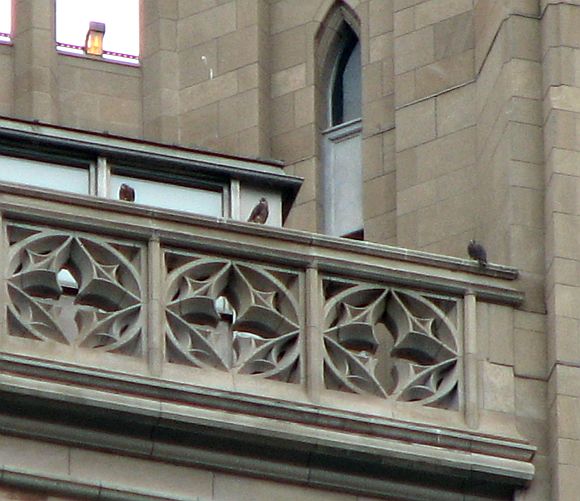
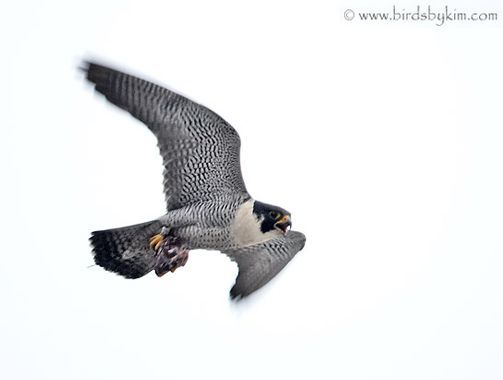
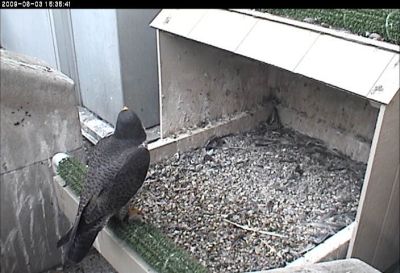
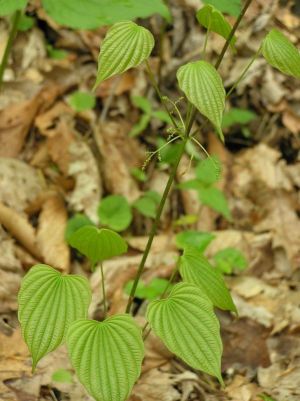 Though the subject says “June Blooms” I’m starting this month’s flower series with a plant whose flowers are far less noticable that its leaves.
Though the subject says “June Blooms” I’m starting this month’s flower series with a plant whose flowers are far less noticable that its leaves.